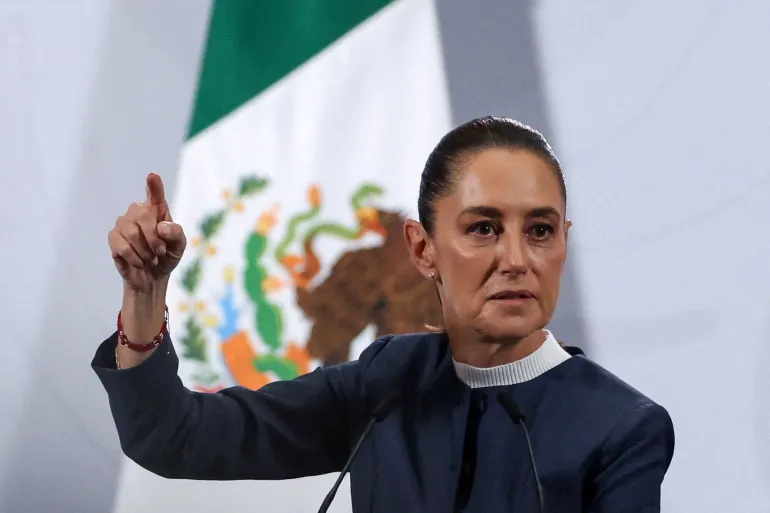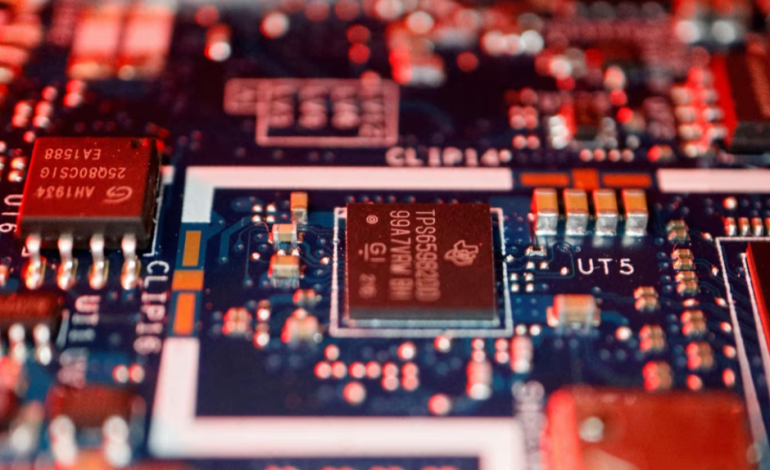The United States has lifted export restrictions on chip design software to China, marking a key step in easing trade tensions between the two nations following high-level negotiations in London, CNN reports.
The policy shift is part of a broader agreement aimed at reducing friction and resuming critical technology and materials trade.
The Commerce Department notified Synopsys, Cadence, and Siemens — the three leading providers of electronic design automation (EDA) software — that the restrictions imposed in May had been rescinded. These companies collectively account for approximately 70% of China’s EDA software market, according to Chinese state media.
The curbs were initially introduced in retaliation for China’s decision to tighten controls on rare earth exports, reigniting tensions despite a temporary trade truce agreed upon in Geneva earlier this year.
The lifting of restrictions comes as both countries work to implement a broader agreement reached in London last month. Under the terms of that deal, the US agreed to remove export restrictions not only on chip software, but also on the chemical ethane and jet engines. In return, China committed to approving and accelerating rare earth exports to the United States, which are critical to industries ranging from electronics to defense.
A spokesperson for Siemens confirmed the restoration of full access to its software and resumed sales in China. Cadence and Synopsys also acknowledged the policy change and said they are in the process of restoring access to affected tools and evaluating the potential impact on their operations.
Industry analysts previously warned that restricting access to EDA software could have significantly disrupted China’s semiconductor development, as the tools are essential for designing advanced microchips. The reversal of these measures is expected to alleviate pressure on Chinese tech firms while supporting US companies that rely on cross-border sales.
In parallel with the software announcement, the Trump administration also lifted curbs on ethane exports. Nearly half of all US ethane exports last year were bound for China, where the chemical is used in plastics production. Separately, the US Commerce Department has informed companies such as GE Aerospace that they may resume jet engine shipments to China, according to reports.
China’s Ministry of Commerce confirmed Friday that Washington had notified Beijing of the lifted restrictions and said the two sides are “actively pushing forward” the implementation of the London framework. Chinese officials also stated they are reviewing export license applications for rare earth shipments to the US.
“We hope the US will recognize the mutually beneficial nature of the relationship and continue to move forward in tandem with China,” a ministry spokesperson said, calling for cooperation over confrontation.
Despite progress on key exports, tariffs remain a point of contention. Current US tariffs on Chinese goods stand at about 55%, according to President Trump, while China has reportedly agreed to a 10% tariff rate on American imports under the recent agreement. It remains unclear whether these rates reflect new tariffs or include previously existing duties.
The London accord follows a period of renewed trade strain, after China implemented stricter export licenses for seven types of rare earth minerals in April. These materials are essential for a wide range of products including smartphones, electric vehicles, and military hardware, and China dominates roughly 90% of the global processing capacity.










The latest news in your social feeds
Subscribe to our social media platforms to stay tuned